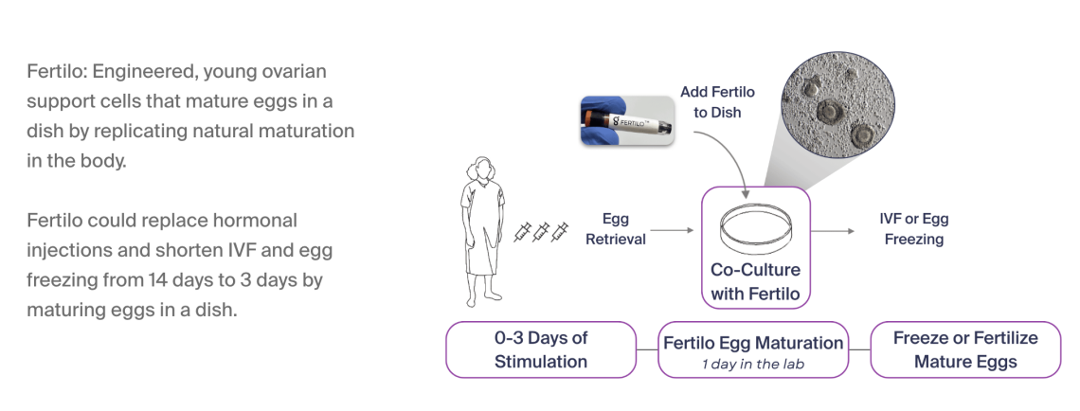
In vitro fertilization (IVF) can be a painful process requiring weeks of injections in preparation of harvesting eggs, even though it offers a path to pregnancy for women with low fertility, single people and LGBTQ+ people.
Now, an alternative to traditional IVF treatments, called in vitro maturation (IVM) is gaining traction.
Related
The Catholic Church secretly helped develop the drug that made IVF possible
The church opposes in-vitro fertilization. But In the late 1950s, hundreds of nuns donated their urine to help advance IVF research.
IVF sends the reproductive system into overdrive with a weeks-long protocol of hormone injections, encouraging the maximum number of egg-containing follicles to grow and mature at once. But the injections can also cause itchiness, nausea, fatigue, sadness, headaches, moodiness, and severe bloating as your ovaries “swell to the size of juicy lemons,” Kristen V. Brown reports in The Atlantic.
Never Miss a Beat
Subscribe to our newsletter to stay ahead of the latest LGBTQ+ political news and insights.
Subscribe to our Newsletter today
IVM, by contrast, involves collecting immature eggs from the ovaries and maturing them in the lab. The process can reduce or altogther skip the sometimes agonizing injection process.
The first IVM baby was born in Korea in 1991, but the method has generally yielded lower birth rates than IVF. Decades later, new techniques are yielding better results. This could free patients from IVF’s brutal side effects.
“Right now, our treatment options are pretty binary,” Pietro Bortoletto, the director of reproductive surgery and a co-director of oncofertility at Boston IVF, explained. “Either you just put sperm inside the uterus. Or you do IVF, the full-fledged Cadillac of treatment.”
Progress in IVM has made it a viable third option for many women, Bortoletto said.
Last month, for the first time, a baby was born using a new version of IVM refined by Texas-based company Gameto. The conception used stem cells to produce a medium called “Fertilo” that mimics an ovary in a dish, sending the same chemical signals an egg would receive in the body.

More than a dozen women in Australia, Mexico, Peru, and Argentina, where the medium has been cleared for use, are carrying Fertilo-assisted pregnancies, according to Gameto.
The treatment isn’t commercially available in the United States yet, but Gameto is seeking approval from the Food and Drug Administration (FDA) and is preparing for Phase 3 clinical trials.
Not everyone is a good candidate for IVM; older women with fewer eggs aren’t suited for the treatment. But for others, IVM is a far gentler protocol than IVF.
Harvesting immature follicles requires only one or two days of hormonal injections or none at all, depending on the patient. Reducing hormone doses means fewer side effects and fewer cases of ovarian hyperstimulation syndrome, which affects a large number of IVF patients and can cause abdominal pain, digestive issues, cramps and (in severe cases) organ failure.
IVM is also less expensive. Skipping or reducing the drug cocktail regimen can save women thousands of dollars, as well as repeated and costly visits to a healthcare provider for lab work and monitoring. It could make the difference between undergoing treatment or not, Bortoletto said.
Subscribe to the LGBTQ Nation newsletter and be the first to know about the latest headlines shaping LGBTQ+ communities worldwide.